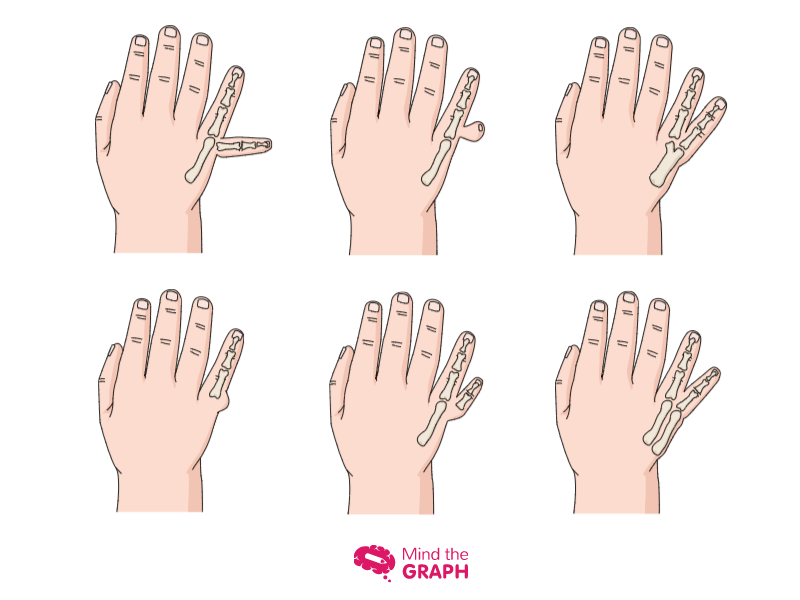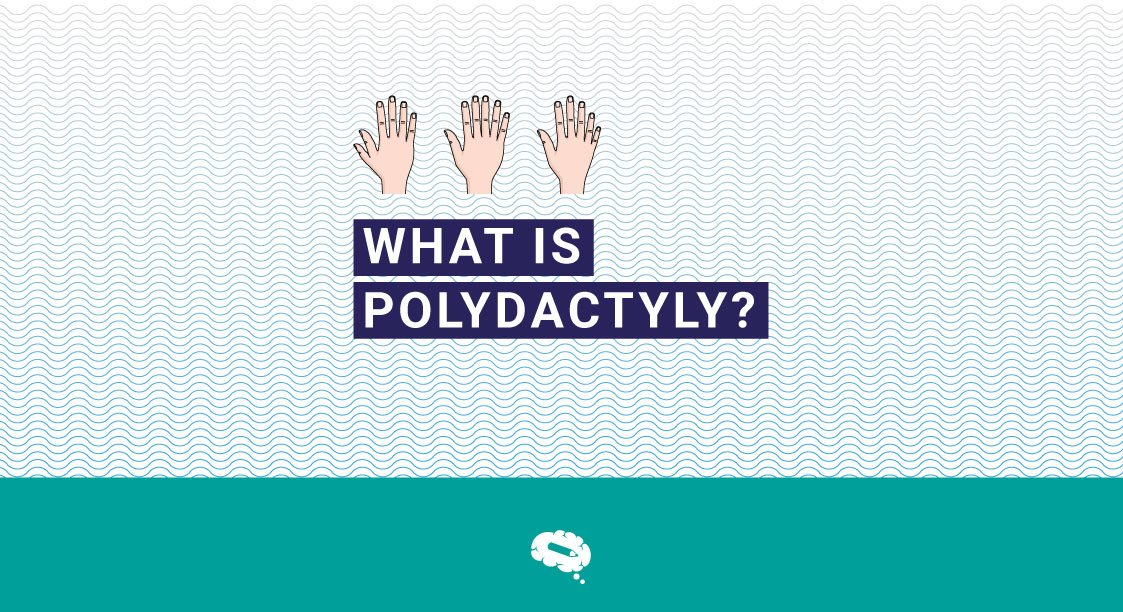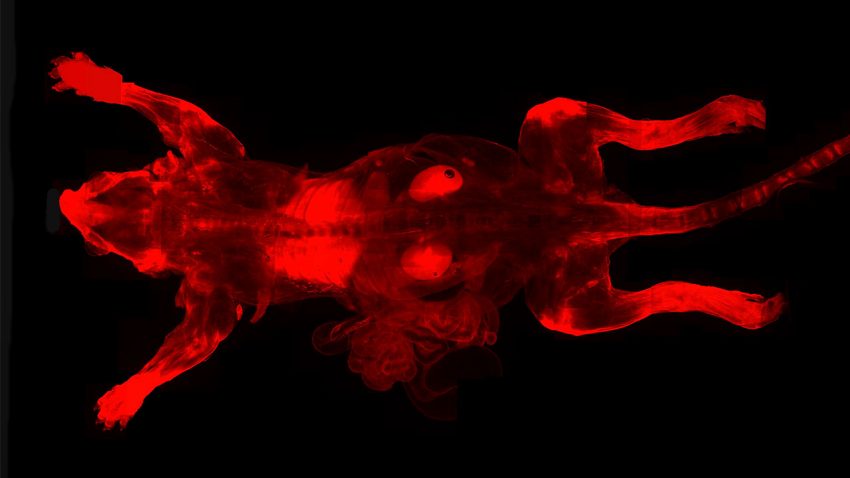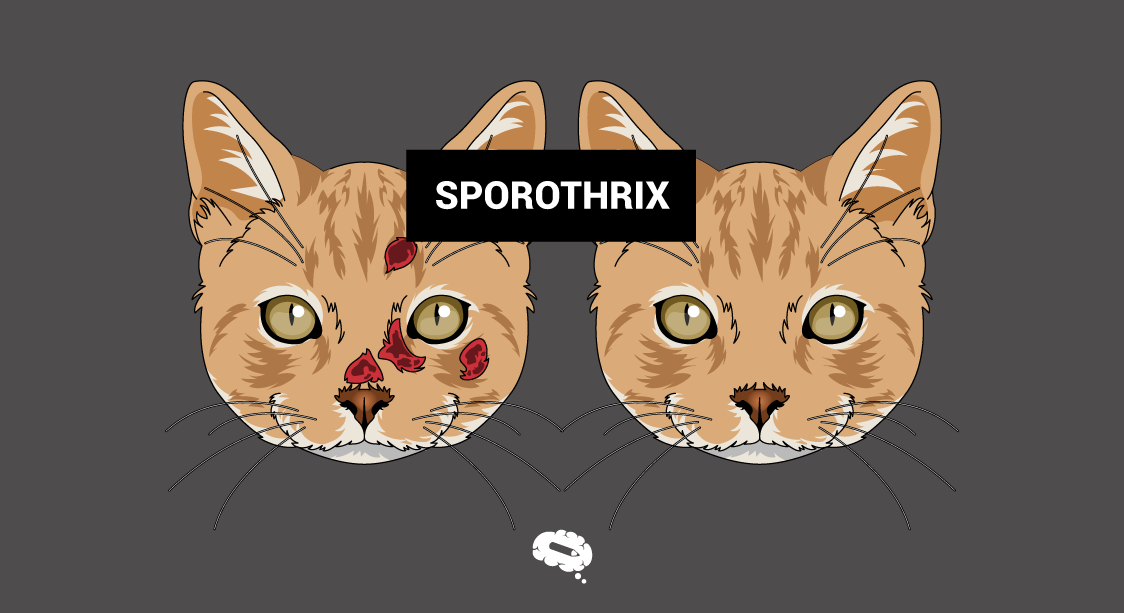If you are interested in learning about polydactyly, this article aims to provide a comprehensive overview of this congenital condition in which individuals have extra fingers or toes. We will delve into its causes, types, and treatment options so that you can understand better about this condition.
What is polydactyly?
Polydactyly is a congenital condition where an individual is born with more than the typical number of fingers on one or both hands or feet. The severity of this condition can vary, with some individuals having an extra finger made of skin tissue that is small and non-functional, while others may have fully formed and functional extra digits. Regardless of the extent of the condition, polydactyly can have a significant impact on a person’s daily life and physical abilities.
What causes polydactyly?
The exact cause of polydactyly is not well understood, but it is believed to be a combination of genetic and environmental factors. It can be hereditary, which means, in some cases, it is caused by a dominant gene, meaning that if one parent has the gene, there is a 50% chance that their children will also have the condition. In other cases, it is caused by a recessive gene, meaning both parents must carry the gene for their children to be affected.
Polydactyly can occur as an isolated condition or as part of a syndrome, such as Down syndrome or Ellis-van Creveld syndrome. Some of the genetic factors implicated in the development of polydactyly include mutations in specific genes, as well as changes in the way that genes are regulated during embryonic development.
Environmental factors that have been associated with an increased risk of polydactyly include exposure to certain chemicals, such as certain medications, and certain viral infections during pregnancy. It is also important to note that some cases of polydactyly are isolated occurrences, and the underlying cause is unknown.

What are the types of polydactyly?
There are 3 main types of polydactyly. The below terms are used to describe the location of these extra digits:
Postaxial Polydactyly
Postaxial polydactyly affects the little finger side of the limb (the ulnar side of the hand or the lateral side of the foot). It is more common than preaxial polydactyly and is often inherited as an autosomal dominant trait. In some cases, the extra digit may be functional and have normal sensation and movement.
Preaxial Polydactyly
Preaxial polydactyly affects the thumb side of the limb (the radial side of the hand or the medial side of the foot). It is relatively uncommon and is often associated with other congenital anomalies, such as syndactyly (fusion of digits), oligodactyly (fewer than the normal number of digits), and limb abnormalities.
Central Polydactyly
This type of polydactyly involves an extra digit that is located in the center of the hand or foot, between the thumb and little finger, or between the big toe and the second toe.

How is polydactyly treated?
The success of the treatment will depend on several factors, including the patient’s age, overall health, and the extent of the condition. It depends too on the severity and functional impact of the extra digit.
Surgery
Polydactyly is typically treated with surgical excision of the extra digit, followed by reconstruction of the remaining digits to improve function. In some rare cases, a vascular clip may be used as an adjunctive tool during the surgical treatment of polydactyly to control bleeding, but it is not used as a standalone method for treating this condition.
Splints, Braces, or Orthopedic Devices
In general, surgical intervention is the standard and most effective treatment for polydactyly. However, in some cases, especially in cases of mild polydactyly, a non-surgical approach may be considered. This approach typically involves using splints, braces, or other orthopedic devices to help reposition the extra finger into a more typical position.
Physical therapy
Physical therapy may also be recommended to help strengthen the muscles and improve the range of motion of the affected hand. However, it is important to note that non-surgical treatments for polydactyly are not as effective as surgical treatment and are typically only used in cases where surgical intervention is not possible or is contraindicated.
Over 70,000 accurate scientific figures to boost your impact.
Unlock the full potential of your research with over 70,000 accurate scientific figures. With this extensive collection, you’ll be able to clearly communicate your ideas and findings, and make a lasting impact in your field. Start boosting the impact of your research today with these accurate scientific figures.

Subscribe to our newsletter
Exclusive high quality content about effective visual
communication in science.





